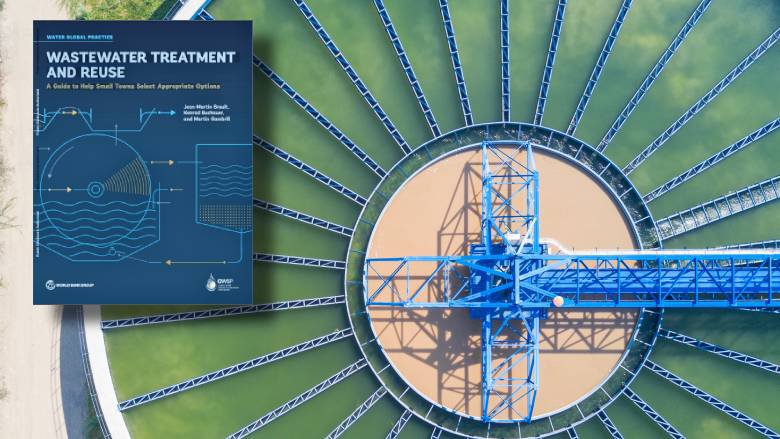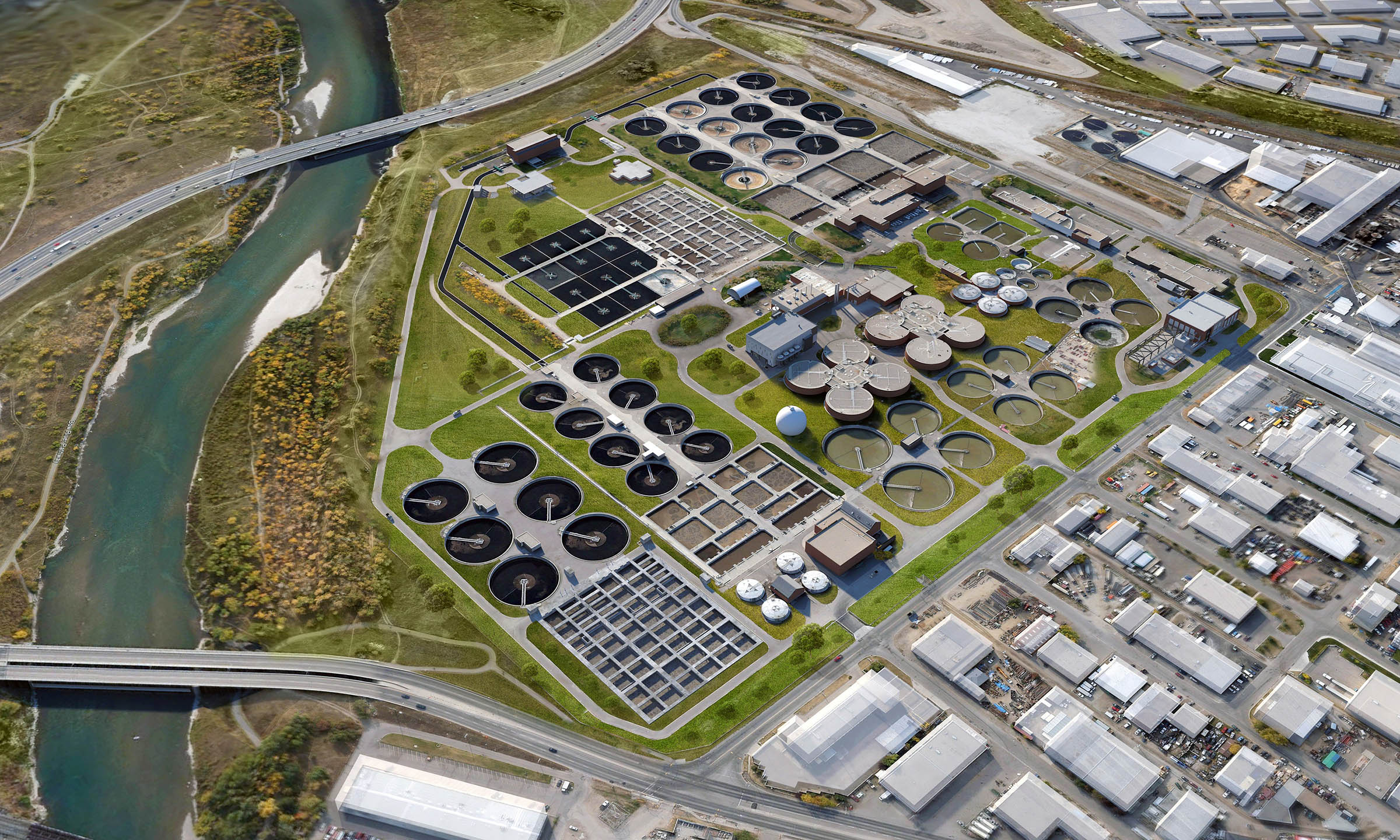Advanced Waste Water Treatment Solutions for Lasting Water Monitoring
Optimizing Drainage Therapy Procedures: Approaches for Improved Water High Quality and Resource Recuperation
In the realm of wastewater treatment, the mission for boosting effectiveness and sustainability with process optimization is an ongoing pursuit that holds tremendous importance. From sophisticated modern technologies to innovative resource healing approaches, the landscape of wastewater therapy is progressing rapidly.
Relevance of Process Optimization
Maximizing drainage therapy procedures via precise procedure optimization is vital for maximizing performance and ensuring environmental sustainability. By fine-tuning each step of the therapy process, from first intake to final discharge, water therapy centers can achieve higher degrees of contaminant elimination, minimize energy consumption, and reduce the generation of waste by-products. Process optimization involves analyzing crucial efficiency indications, such as hydraulic retention times, sludge retention times, and nutrient degrees, to determine locations for renovation and execute targeted services.
Effective procedure optimization not just boosts the total efficiency of waste water therapy plants yet likewise adds to set you back financial savings and governing compliance. By optimizing procedures, drivers can accomplish higher therapy capabilities without the demand for significant facilities investments. In addition, enhanced therapy effectiveness results in cleaner effluent discharge, decreasing the ecological effect on receiving water bodies and ecological communities.

Advanced Therapy Technologies
In the realm of drainage therapy, the application of advanced therapy innovations plays an essential duty in boosting the total efficiency and efficiency of the treatment processes. These advanced technologies provide innovative options to attend to complex impurities existing in wastewater streams, making certain the removal of pollutants to meet rigid water top quality requirements. Advanced treatment procedures such as membrane bioreactors, ozonation, advanced oxidation procedures, and reverse osmosis enable the comprehensive removal of contaminants, consisting of arising toxins like pharmaceuticals and individual treatment products.
In addition, these innovations promote resource healing by drawing out important products such as phosphorus, nitrogen, and energy from the wastewater. Advanced nutrient removal modern technologies can recover phosphorus and nitrogen for reuse in agricultural fertilizers, while power healing systems like anaerobic food digestion can harness biogas for electrical energy generation. By integrating advanced therapy technologies into wastewater therapy plants, operators can enhance water high quality, minimize environmental influence, and relocate towards an extra resource-efficient and lasting strategy to wastewater administration.
Source Healing Techniques
Source recovery techniques in wastewater treatment processes play an important duty in maximizing the usage of valuable resources had within wastewater streams. These strategies aim to essence and reuse products such as nutrients, energy, and water from the wastewater, turning what was as soon as taken into consideration waste right into valuable sources. One typical resource healing strategy is the extraction of nutrients like phosphorus and nitrogen from wastewater for reuse as plant foods or in commercial processes. In addition, energy recovery approaches such as anaerobic food digestion and biogas production help harness the power possibility of organic issue in wastewater to generate power or heat.
Water recovery strategies, such as membrane modern technologies and advanced purification systems, enable the treatment and reuse of water for non-potable applications like irrigation or commercial processes. By applying resource recuperation methods in wastewater therapy plants, not just can important resources be preserved and recycled, yet the total sustainability and performance of the treatment process can be substantially enhanced. As the concentrate on resource shortage and environmental sustainability remains to expand, the value of incorporating resource healing strategies into wastewater therapy processes becomes increasingly noticeable.
Lasting Practices in Wastewater Treatment
Carrying out lasting practices in wastewater treatment facilities is important for improving environmental stewardship and long-term functional efficiency. Sustainable techniques in wastewater therapy include a series of strategies focused on lessening the environmental effect of treatment processes while making the most next page of source recovery. One vital aspect of lasting wastewater treatment is the application of energy-efficient technologies to lower the visit this site carbon footprint of therapy plants. This can consist of the use of eco-friendly energy resources such as solar or wind power, as well as the optimization of existing procedures to lessen energy usage.
Additionally, the adoption of advanced therapy technologies that advertise water reuse and recycling plays a vital role in lasting wastewater monitoring. By dealing with wastewater to a high criterion, it can be repurposed for different non-potable applications, such as irrigation, commercial processes, and also potable water manufacturing in many cases. This not just conserves useful freshwater sources however also decreases the quantity of effluent discharged right into the setting.

Situation Researches on Successful Optimization
As wastewater therapy facilities significantly concentrate on lasting methods, real-world study showcasing successful optimization approaches act as indispensable designs for market development. One such study focuses on the execution of innovative nutrient removal modern technologies in a metropolitan wastewater therapy plant. By integrating biological nutrient removal procedures and enhancing operational parameters, the facility attained considerable decreases in nitrogen and phosphorus levels released right into receiving waters, inevitably improving overall water top quality.
One more notable study entails the assimilation of anaerobic digestion systems in a commercial wastewater therapy plant to boost power recuperation and resource performance (Waste Water Treatment). With the food digestion of organic waste products, the center not only generated biogas for energy manufacturing however additionally reduced the quantity of sludge requiring disposal. This twin benefit not only enhanced the plant's sustainability efficiency however likewise caused expense savings
These effective optimization strategies show the potential for wastewater treatment centers to attain both financial and ecological advantages with reliable procedures and cutting-edge strategies. By gaining from these case studies, market experts can additionally maximize their own procedures to boost water top quality and source recovery.
Conclusion
In conclusion, enhancing drainage therapy procedures via innovative technologies, source healing techniques, and sustainable practices is essential for improving water high quality and maximizing resource recuperation. Waste Water Treatment. Study have shown effective implementation of optimization methods in various wastewater therapy facilities. By remaining to focus on procedure optimization, we can guarantee effective and efficient treatment of wastewater, ultimately resulting in an extra eco friendly and lasting approach to managing water resources
By fine-tuning each step of the treatment procedure, from initial consumption to final discharge, water treatment facilities can achieve higher degrees of pollutant elimination, reduce power usage, and minimize the generation of waste byproducts.In the realm of waste water treatment, the application of innovative therapy innovations plays a critical duty in boosting the general efficiency and performance of the therapy procedures. By including sophisticated treatment innovations right into wastewater treatment plants, drivers can enhance water quality, minimize ecological effect, and move in the direction of an extra sustainable and resource-efficient strategy to wastewater monitoring.
By implementing resource recovery techniques in wastewater treatment plants, not only can useful sources be conserved and recycled, however the general sustainability and efficiency of the therapy process can be considerably enhanced. Lasting methods in wastewater treatment encompass a variety of strategies intended at lessening the ecological effect of therapy processes while maximizing source healing.